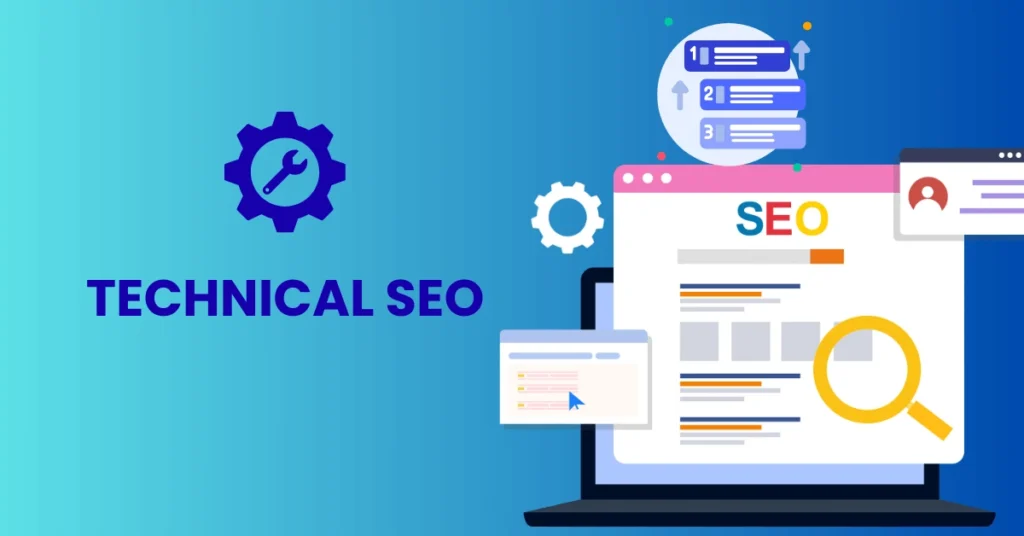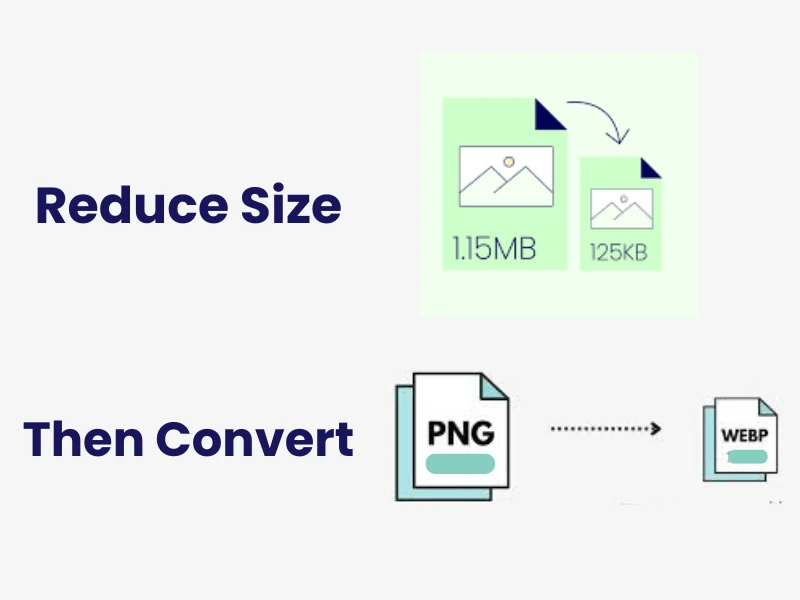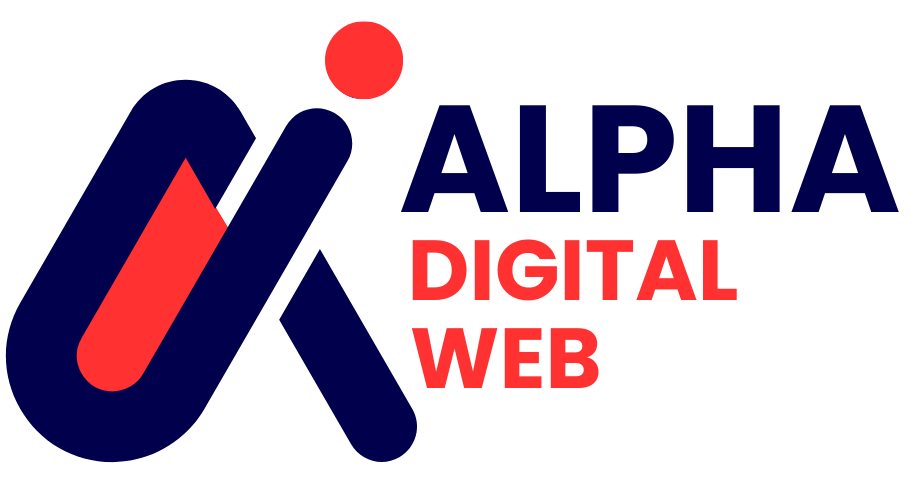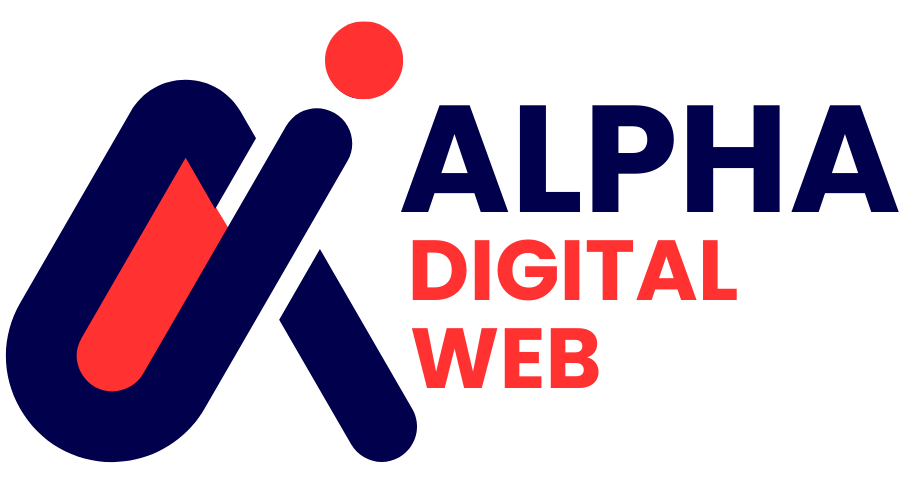
Overview of Technical SEO Website Speed
Website speed is one of the most powerful ranking factors in search results. A slow site drives away visitors and signals search engines that the experience is poor. Fast loading pages increase traffic and improve user experience. This guide will show how to fix common website speed issues through a technical SEO strategy. Each step is easy to follow and will help websites perform better and attract more organic visitors. By the end of this guide you will know how to measure site performance and apply practical improvements that increase ranking potential.
1 Measure Current Website Speed
Before improving speed you must know the present performance level. Tools like Google PageSpeed Insights GTmetrix and WebPageTest analyze speed and highlight issues. These reports show metrics such as First Contentful Paint Largest Contentful Paint and Time to Interactive. Recording these numbers creates a clear starting point.
Why measuring speed matters
Search engines track user experience. If pages load slowly people leave quickly and bounce rates rise. This behavior lowers ranking. Measuring speed lets you track progress after each optimization step.
Recommended tools
Use PageSpeed Insights for a free Google backed test. GTmetrix provides deeper waterfall reports showing how every file affects loading time. WebPageTest offers location based testing to see how your site performs worldwide.
2 Optimize Image Size and Format
Image are often the largest asset on a page. Oversized file slow down performance and delay visual content. Technical SEO focuse on controlling file weight without losing quality.
Use next generation formats
WebP and AVIF deliver excellent quality with smaller file size. Replace traditional JPEG or PNG with these format. Many WordPress plugin such as ShortPixel or Smush compress automatically.
Resize before uploading
Upload only the dimension needed. If a page show a 1200 pixel wide image do not upload a 4000 pixel version. Editing tool like Canva and Photoshop can resize in second.
Lazy loading

3 Minimize CSS and JavaScript
Large code file create render blocking resource that delay page painting. Cleaning and optimizing code improve speed and boost SEO.
Combine and minify file
Minification remove space and comment from code making it smaller. Tool like Autoptimize or WP Rocket can handle this automatically for WordPress user.
Defer noncritical script
Some script such as social sharing button or tracking pixel can load after the main content. Deferring them allow the page to display faster.
Remove unused code
Theme and plugin often include script that are not needed. Audit your website and disable or delete feature you do not use.
4 Improve Server Performance and Hosting
Even the most optimized code will not help if the hosting is slow. Choosing a reliable server is a technical SEO basics.
Select a high performance hosting provider
Provider with solid state drive and advanced caching load site faster. Popular choice include Hostinger SiteGround and WP Engine.
Use a content delivery network
A CDN store copies of your site across multiple global server. Visitor get content from the nearest server which reduce latency and speed up delivery.
Keep PHP and database updated
Outdated software slow performance and create security risk. Update your PHP version and clean your database regularly to maintain speed.
5 Enable Browser Caching and Gzip Compression
Caching stores files locally so returning visitors do not reload everything each time. Compression reduces file size during transfer. Both techniques directly increase site speed.
Browser caching
Set caching rules through .htaccess or use plugins like W3 Total Cache. Cached assets like images CSS and JavaScript remain on the user device for faster repeat visits.
Gzip compression
Gzip reduces HTML CSS and JavaScript file size before sending them to the browser. Most hosting providers allow easy activation through the control panel or plugins.
6 Monitor Third Party Scripts and Fonts
External resources add extra requests that slow down websites. Keeping them under control is critical for technical SEO.
Limit third party scripts
Remove unnecessary widgets tracking pixels or chat pop ups. Each one adds extra network calls and can delay page rendering.
Optimize font loading
Custom fonts look stylish but can slow pages. Use modern loading strategies like font display swap or preload essential fonts. Only load the weights and styles actually used.
Replace heavy libraries
If your site loads large libraries for simple tasks consider switching to lighter alternatives.
7 Regularly Test and Maintain Website Speed
Speed optimization is not a one time job. New content themes and plugins can affect loading time. Continuous testing keeps your site fast and competitive.
Schedule speed audits
Run PageSpeed Insights or GTmetrix monthly. Track how changes impact key metrics. Immediate detection of slowdowns prevents long term SEO loss.
Monitor real user data
Check Google Search Console Core Web Vitals to see how real visitors experience your pages. Focus on Largest Contentful Paint First Input Delay and Cumulative Layout Shift.
Plan updates carefully

Conclusion
Fast loading websites win trust and rank higher. This technical SEO website speed guide covered the most common issues and showed how to solve them. By measuring speed optimizing images minimizing code upgrading hosting using caching controlling scripts and running regular audits you create a smooth user experience. A faster site keeps visitors engaged builds stronger authority and drives long term organic growth.


https://t.me/pt1win/165
Актуальные рейтинги лицензионных онлайн-казино по выплатам, бонусам, минимальным депозитам и крипте — без воды и купленной мишуры. Только площадки, которые проходят живой отбор по деньгам, условиям и опыту игроков.
Следить за обновлениями можно здесь: https://t.me/s/reitingcasino